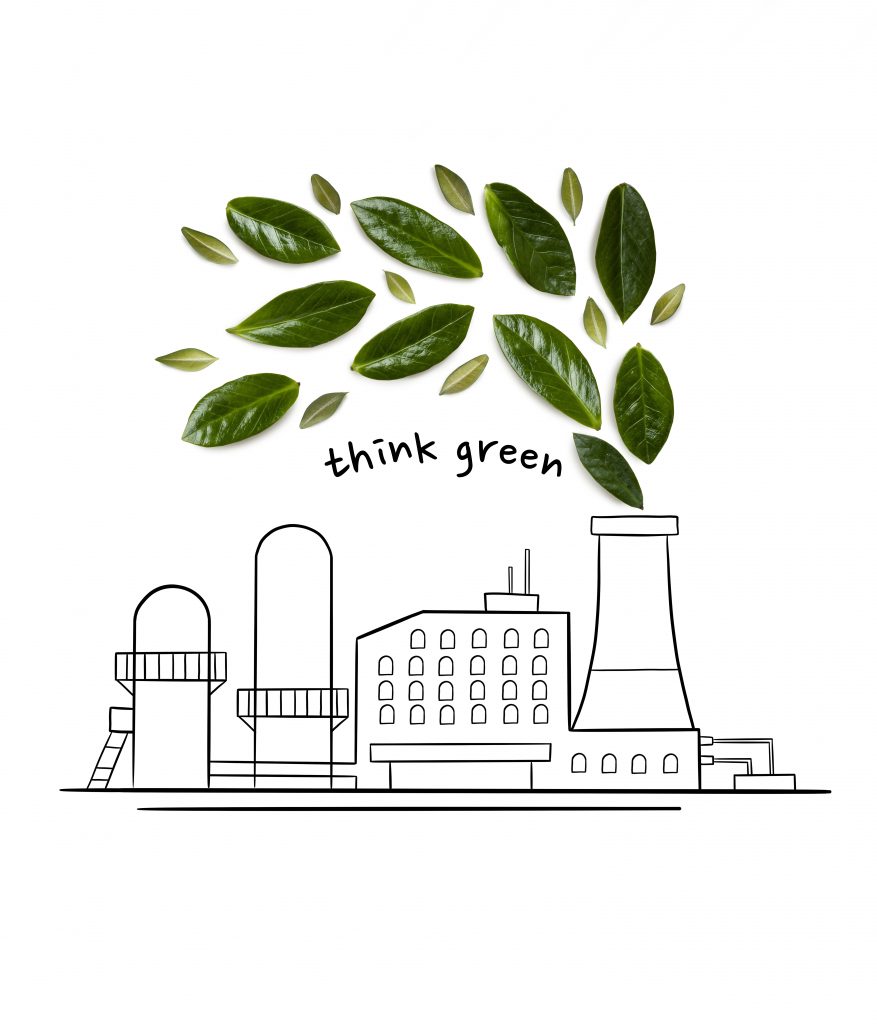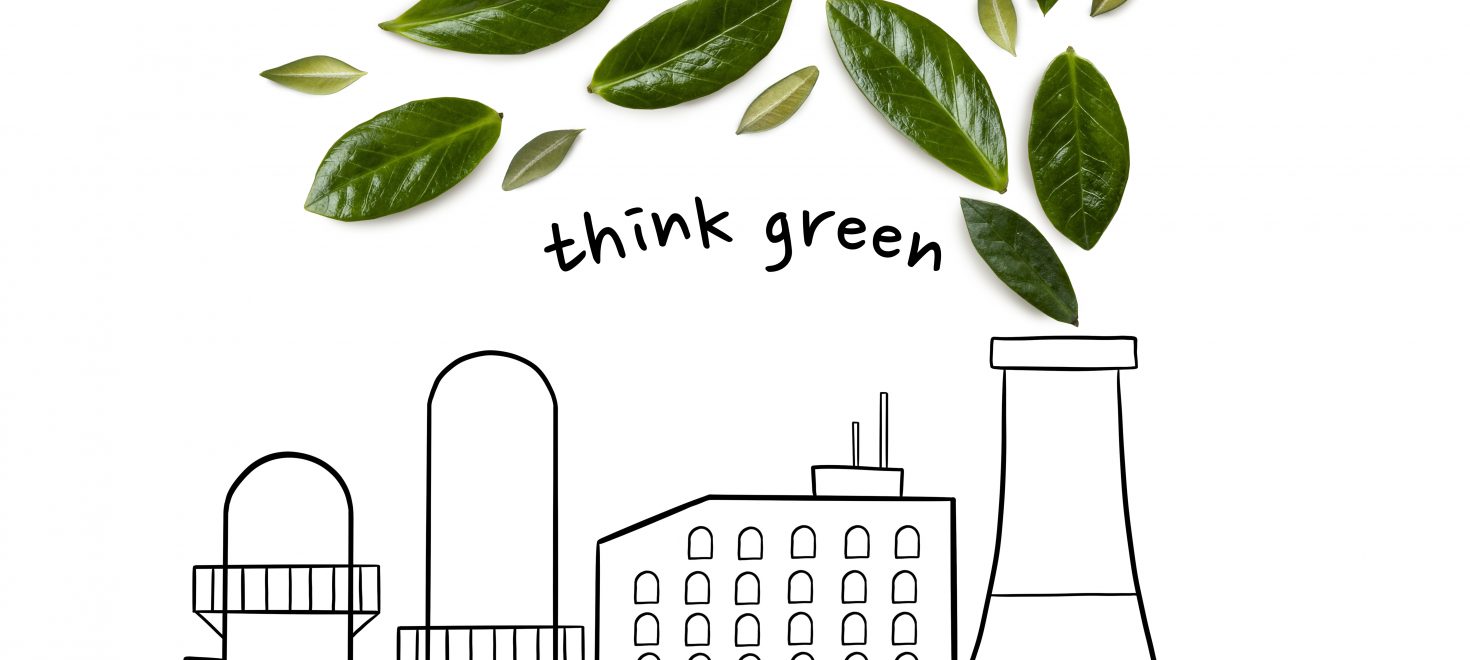
Climate change is a pressing issue that affects industries worldwide, including the Ready-Made Garments (RMG) sector. As the world shifts towards sustainable practices, RMG factories are exploring various avenues to reduce their carbon footprint. One such solution gaining traction is the utilization of carbon credits. In this article, we delve into the benefits of carbon credits in RMG factories, examining how they contribute to environmental sustainability, cost savings, and brand reputation while navigating regulatory frameworks and overcoming challenges.
Introduction
In recent years, the textile industry has faced scrutiny for its environmental impact, particularly regarding carbon emissions. RMG factories, which play a significant role in the textile supply chain, are under increasing pressure to adopt sustainable practices. Carbon credits offer a viable solution by incentivizing factories to reduce their carbon emissions and invest in eco-friendly initiatives.
Understanding Carbon Credits
Carbon credits represent a unit of measurement for one ton of carbon dioxide (CO2) or its equivalent gases that have been reduced, avoided, or removed from the atmosphere. These credits are tradable commodities that can be bought and sold in carbon markets. RMG factories can earn carbon credits by implementing emission reduction projects or purchasing them from other entities.
Importance in RMG Factories
Environmental Sustainability
The adoption of carbon credits promotes environmental sustainability by encouraging RMG factories to reduce their greenhouse gas emissions. By investing in cleaner technologies and energy-efficient practices, factories can mitigate their environmental impact and contribute to global efforts to combat climate change.
Cost Savings
Implementing carbon credit projects can lead to significant cost savings for RMG factories in the long run. While there may be initial investment costs associated with transitioning to cleaner technologies, the reduction in energy consumption and operational expenses can result in substantial financial benefits over time.
Process of Acquiring Carbon Credits
To acquire carbon credits, RMG factories must first identify and implement emission reduction projects. These projects can range from improving energy efficiency in manufacturing processes to investing in renewable energy sources such as solar or wind power. Once the projects are verified and certified, the factories can receive carbon credits based on the amount of emissions they have reduced.
Impact on Brand Reputation
The adoption of carbon credits can enhance the brand reputation of RMG factories by demonstrating their commitment to environmental stewardship. Consumers are increasingly conscious of the environmental impact of the products they purchase, and companies that prioritize sustainability are more likely to attract and retain environmentally conscious customers.
Compliance and Regulations
In addition to reputational benefits, carbon credits can help RMG factories comply with regulatory requirements related to carbon emissions. Many countries have implemented carbon pricing mechanisms or emission reduction targets, and participating in carbon credit programs can assist factories in meeting these obligations while avoiding potential penalties.
Case Studies
Several RMG factories have already embraced carbon credits as part of their sustainability initiatives. Case studies highlighting successful projects and their positive outcomes can serve as inspiration for other factories looking to follow suit.
Challenges and Solutions
Measurement and Verification
One of the main challenges associated with carbon credits is ensuring accurate measurement and verification of emission reductions. RMG factories must implement robust monitoring systems and engage third-party auditors to verify their carbon credit projects’ effectiveness.
Initial Investment
Another challenge for RMG factories is the initial investment required to implement emission reduction projects. However, various financing options and incentives are available to help offset these costs, including grants, loans, and partnerships with carbon offset providers.
Future Outlook
The future of carbon credits in RMG factories looks promising as the industry continues to prioritize sustainability. With advancements in technology and increased awareness of climate change issues, more factories are expected to adopt carbon credit programs to reduce their environmental footprint and enhance their competitiveness in the global market.
Conclusion
In conclusion, carbon credits offer numerous benefits to RMG factories, including environmental sustainability, cost savings, and improved brand reputation. By participating in carbon credit programs, factories can demonstrate their commitment to reducing carbon emissions and contributing to a more sustainable future for the textile industry and the planet as a whole.



Leave a Comment